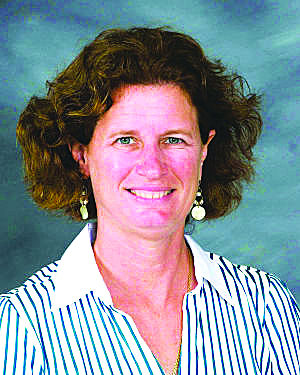Jude had been in room 623 for over two years. He had come from a PPCD unit (preschool program for children with disabilities) but he had less than a year in that program. The parents thought Jude would outgrow his delayed communication and limited academics so they decided to wait to start school.
The fact was, Jude had needed early intervention. His autism was so severe that it held Jude back in all academic areas. Even so, the teacher could see a spark in Jude’s eyes from the moment he came into the room. The challenge was how to reach him.
The teacher had learned over the years that some children need several years of intervention before their abilities come all together. Jude was a child with an incredible smile. Every day the boy came into the room with the biggest smile the teacher had ever seen on a child. Rarely, would the boy look sad or upset. When the Jude was corrected, a quick frown briefly appeared on his face but it quickly turned back into a smile.
For the first two years in the class, Jude progressed very slowly. He was afraid of making mistakes. The teacher worked to overcome that hesitance by simply giving the boy a gesture assist to be successful on answering.
The teacher would point to the correct answer that he was afraid to touch. Over time, that prompt would be removed as he gained more confidence.
After the first two years of constant repetition, the teacher began to doubt if Jude was going to progress as much as she had hoped.
Even so, she and her staff continued to do the daily routines with the boy.
They had Jude follow the daily schedule, review letters, combine words with pictures and go over the numbers. Numbers weren’t really clicking but the words, something was happening with the words.
Jude began to recognize that a certain group of letters matched with a certain picture. The change was slow. Then, it was more consistent. Jude would read out loud sentences such as “I see a horse. The car is yellow. I see a boy.” He began to match pictures to the sentence.
Typical of ASD children, Jude would follow one step directions and match a horse to the word horse and car to the word car. When he saw the phrase “I see a yellow ball,” he would pick up any ball, not just a yellow one. Gradually, pictures with two step words like green ball and yellow car were correctly selected. Jude was coming out of his academic block more and more.
The boy’s smile and self-confidence was growing too. Jude’s sweet smile seemed to have a sureness about it. He wasn’t just trying to get our attention by smiling. He was proud of himself. It was fun to watch the change in the boy. The teacher moved the boy from the Smart board to paper and pencil work too. He was able to transition what he learned on the Smart board to another medium, a worksheet. The black and white words like yellow car and yellow ball challenged Jude.
He would cut the ball and paste it on the space next to the word. The teacher would ask him to read the words again. Jude would correctly read the phrase yellow ball. “Is that yellow?” she would ask. Jude would repeat “yellow ball, yellow ball.” The teacher would place three different crayons in front of him. At first, he didn’t know what to do.
With a little verbal directions of saying, “Color the ball yellow ball,” Jude would pick up the yellow crayon. Over time, the boy got better and better at knowing what to do. More two word phrases were slowly added such as little ball, green fish, and yellow car. The more words Jude understood while reading, the more his comprehension of the world around him improved too. Reading is a gift that can make such a wonderful difference in any children’s lives, especially a child with ASD.
Pamela Gross Downing, a special education teacher, can be contacted at [email protected].




